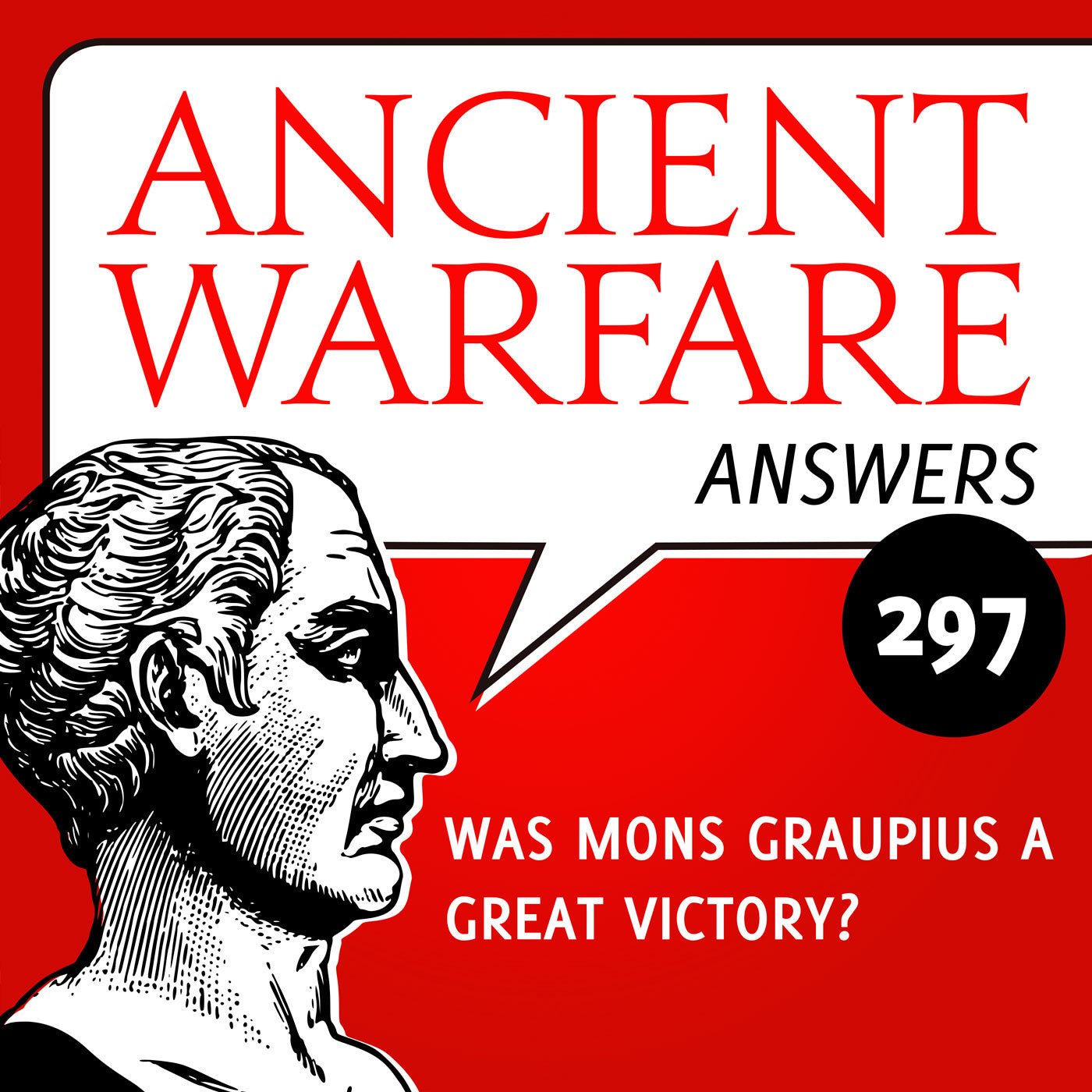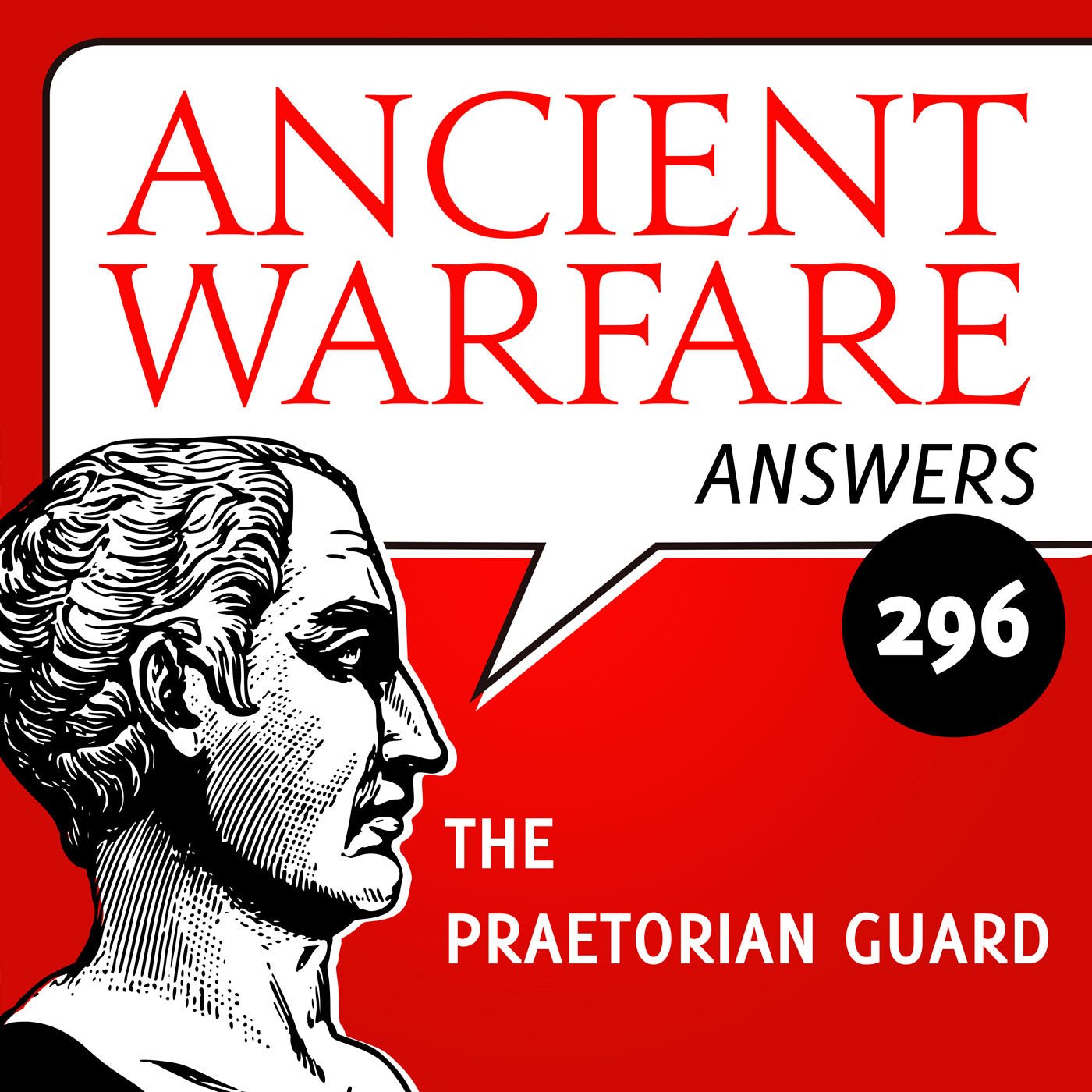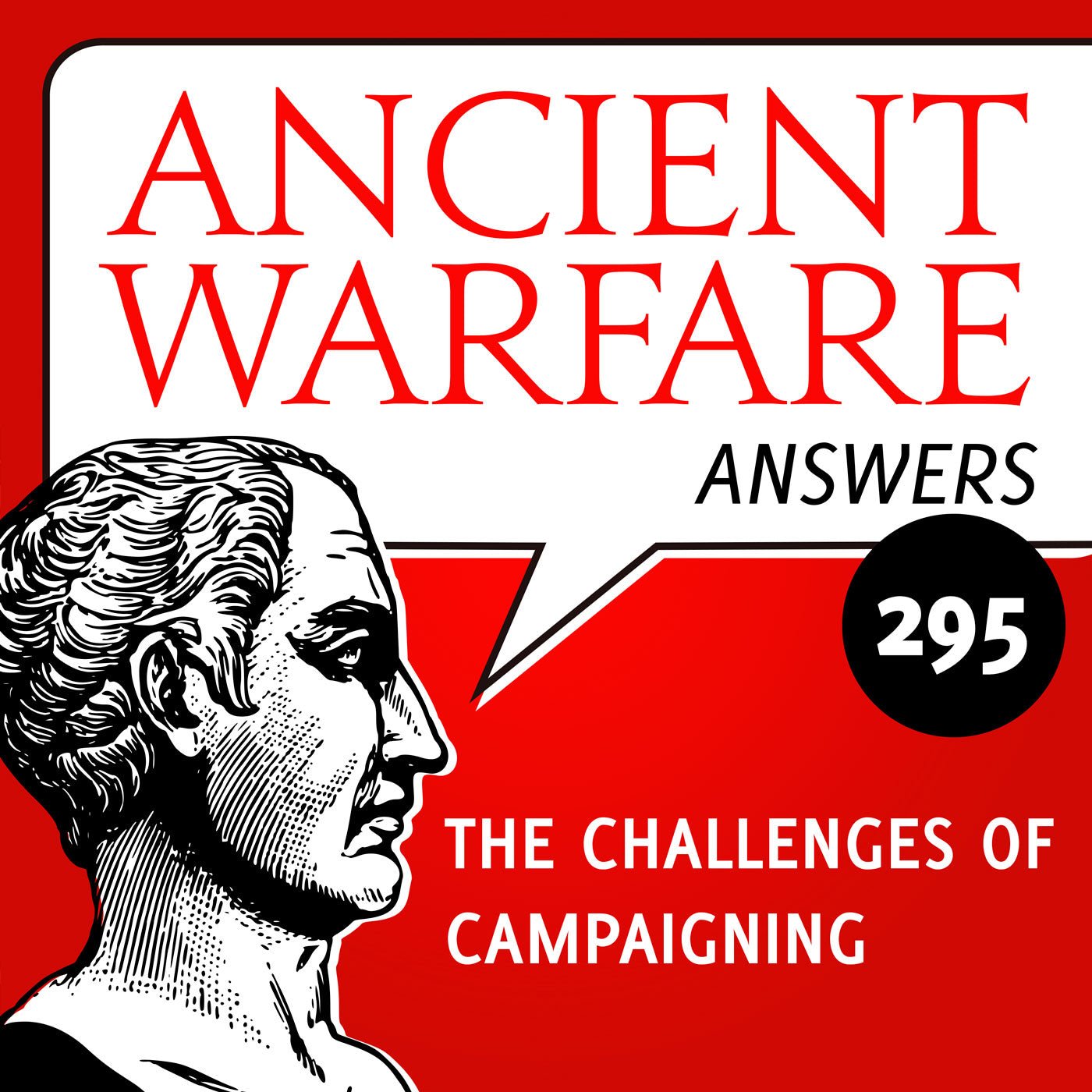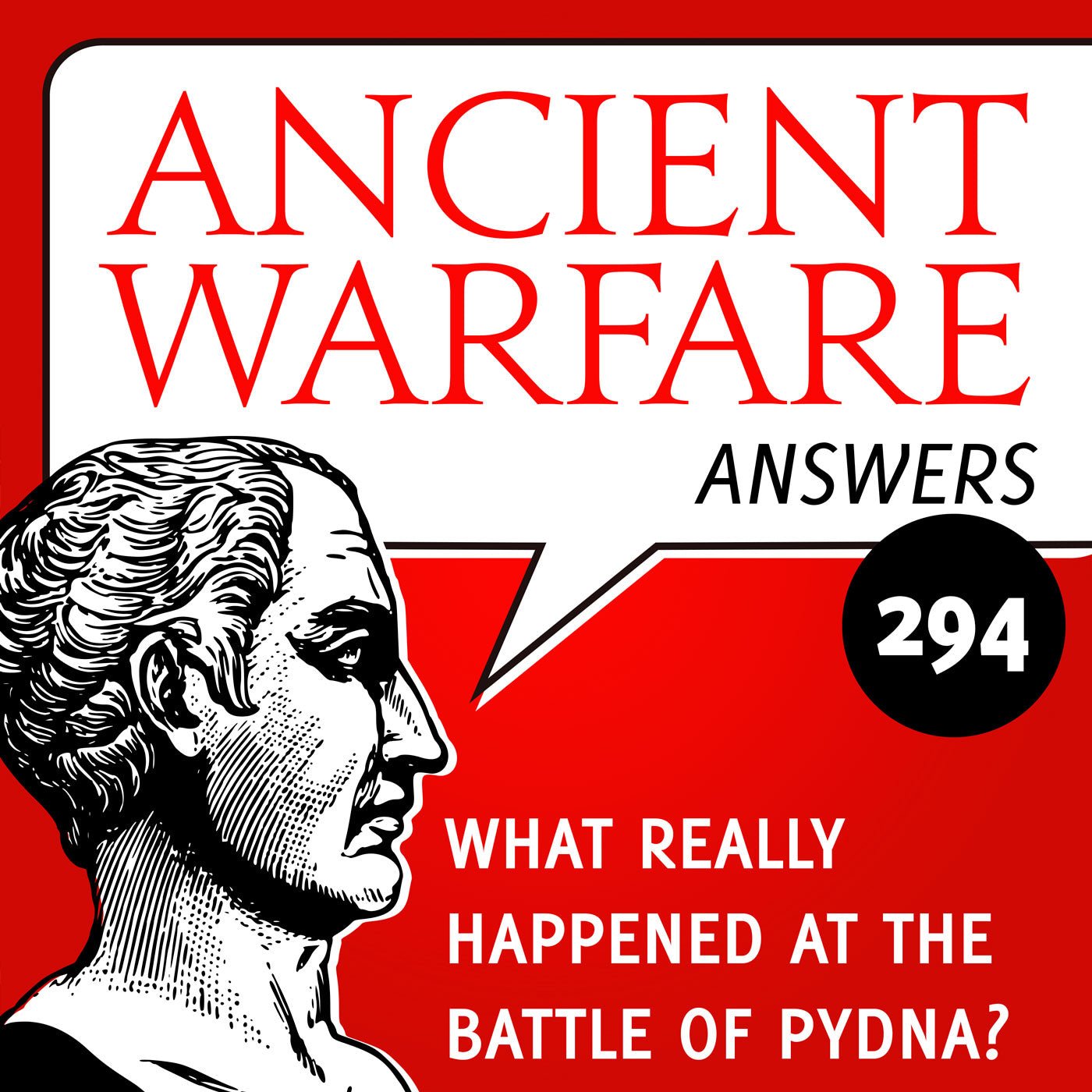Studying the Sea-Peoples
A PhD student from France emailed me to say that while my recent blog post on the Sea-Peoples was interesting, it lacked references. This is something that I will try to redress. Part of that particular blog post also discussed the Mycenaeans and I later devoted a a second blog entry with some further details regarding my own opinions on how they fought and what they looked like.
As stated before, the Sea-Peoples are associated with the upheavals that caused widespread instability and destruction in the eastern Mediterranean seaboard around 1200 BC. A good starting point for further study is Robert Drews’s The End of the Bronze Age: Changes in Warfare and the Catastrophe ca. 1200 BC (1993). Robert Drews believes that the Bronze Age ended as a result of changes in warfare. His conclusion is not widely supported, but his book does contain an excellent overview of both the context of the “Catastrophe” and the various explanations that have been offered in the course of time to explain them. Chapter 4, “Migrations”, will be of particular interest to those who want to learn more about the Sea-Peoples. I cite from this chapter’s opening page (p. 48):
The most popular explanation for the last century has been that the Catastrophe was the result of massive migrations. […] Even many scholars who believe that the underlying cause of the Catastrophe was a systems collapse or a drought assume that the immediate cause of the destruction of so many cities was the violent passage of bellicose migrants through the eastern Mediterranean. Thus August Strobel’s Seevölkersturm concluded that a drought occasioned the Catastrophe, and Nancy Sandars’s The Sea Peoples found the chief factor to have been a systems collapse in the eastern kingdoms; but both books presented the actual destruction of sites as the work of peoples who had been uprooted from their original homelands and were not yet settled into new ones.
The chapter itself catalogues most of the relevant evidence, include reliefs of Libyan invaders from Karnak, and so on. You may also want to read two fairly recent papers in The Aegean Bronze Age (2008), edited by Cynthia W. Shelmerdine. These are Christopher Mee’s “Mycenaean Greece, the Aegean and beyond”, on pp. 362–386, and Sigrid Deger-Jalkotzy’s “Decline, destruction, aftermath”, on pp. 387–416. Chapter 2 of Oliver Dickinson’s The Aegean from Bronze Age to Iron Age: Continuity and Change Between the Twelfth and Eighth Centuries BC (2006) is devoted entirely to “the collapse of the Bronze Age civilisation”.
For the Egyptian perspective on the Sea-Peoples, you can start with Ian Shaw’s paper “Egypt and the outside world”, pp. 308 and further, in the paperback edition of The Oxford History of Ancient Egypt (2000), edited by himself. For a Hittite perspective on the collapse of the kingdom and the possible connections with the Sea-Peoples, consult Trevor Bryce’s The Kingdom of the Hittites (2005), pp. 333–340. You can find some discussion of the Sea-Peoples also in Ancient Warfare issue IV.4.
As regards my reconstruction of Mycenaean warfare in the Late Bronze Age, I have to reiterate that the evidence for the use of shields and metal armour, for the thirteenth century BC, is almost wholly nonexistent. Empirically speaking, metal armour was exceedingly rare and shields were apparently no longer used in the thirteenth century; any other interpretation rests on wishful thinking or applications of modern “logic” that need not have applied in the past. The most detailed overview of Mycenaean warfare, based on solid archaeological, iconographic, and textual data, remains Cheryl Fortenberry’s doctoral dissertation Elements of Mycenaean Warfare (1990). That thesis has, unfortunately, never been published, but you should be able to find it in a well-stocked academic library. Another book that is useful is Nicolas Grguric’s The Mycenaeans, c. 1650–1100 BC (2005), which is an Osprey title and the one to get if you are interested in Mycenaean warfare. You can find more details in chapter 1, “Palace warriors”, of my own Henchmen of Ares, and be sure to read the bibliographic notes for this chapter on pp. 155–157.
All of the cited works, above, will give you a good starting point for further study and include references to both the original evidence (reliefs, archaeological finds, texts, and so on) and secondary literature. If you want to know more, feel free to post a comment here or on our Facebook page, or just send me an email directly.




